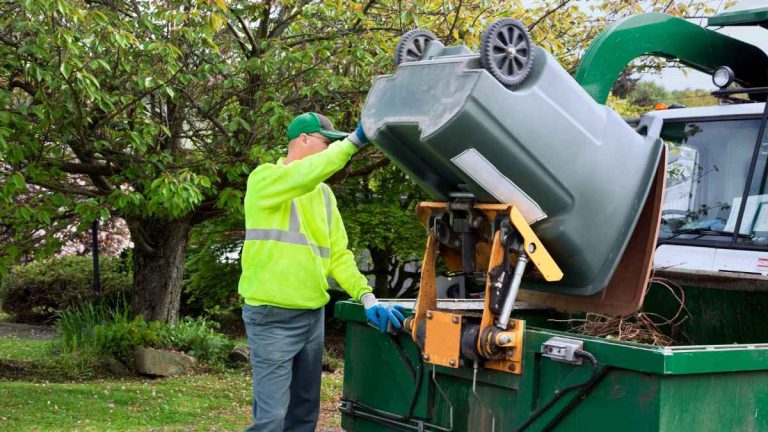Ireland is grappling with a significant increase in waste generation, with levels rising by more than 20% over the past decade, according to the latest findings from the Environmental Protection Agency (EPA). This alarming trend poses a serious threat to the country’s waste management capacity and its ability to meet European Union recycling targets.
The EPA’s newly released Circular Economy and Waste Statistics Highlights Report 2022 indicates that Ireland is on course to miss crucial recycling goals for municipal and packaging waste by 2025. The report highlights that approximately half of the waste produced in Ireland originates from the construction industry, underscoring a major contributor to the overall waste increase.
One of the key issues identified in the report is that Ireland’s infrastructure for collecting and treating waste is “vulnerable and underperforming.” A staggering 38% of all municipal waste—equivalent to 1.2 million tonnes—is exported to other countries for processing. This reliance on external treatment facilities raises concerns about the sustainability and efficiency of Ireland’s waste management systems.
Despite the country achieving a recycling rate of 41% for 2022, this figure has remained stagnant for several years. With an EU mandate requiring a recycling rate of 55% for municipal waste by 2025, Ireland faces an uphill battle to enhance its recycling efforts. In comparison, Northern Ireland reported a recycling rate of 49.7% for the same period, highlighting a pressing need for improvement in the Republic.
David Flynn, the Director of the EPA, expressed concern over the stagnation of progress towards a circular economy—a system where materials are reused and repurposed before being recycled. “Current measures to prevent waste, promote reuse, and encourage recycling are insufficient to meet mandatory municipal waste and plastic packaging targets,” he stated. Flynn emphasised the need for stronger policies and investments in circular economy infrastructure to mitigate waste production and bolster recycling rates.
In the construction sector, however, there has been notable success, with an impressive 82% reuse and recovery rate of materials. The sector is required to recover 70% of its materials, primarily through processes such as backfilling and land restoration. This showcases the potential for other industries to adopt similar practices.
Warren Phelan, the EPA’s Circular Economy Programme Manager, pointed out that high consumption of raw materials characterises the Irish economy, necessitating deeper systemic changes. “To accelerate the transition to a more circular economy, effective regulation, incentives, and enforcement are vital to influence businesses and consumers in adopting best practices in production and consumption,” Phelan stated.
The EPA plans to publish findings from a consultation aimed at improving recycling rates through changes to waste collection practices in the coming year. With the pressures of rising waste levels and stagnating recycling rates, the future of Ireland’s waste management hinges on the commitment to implementing more effective strategies and fostering a culture of sustainability.
As Ireland navigates these challenges, the imperative for a shift towards a circular economy has never been clearer, with both regulatory measures and public awareness playing crucial roles in shaping a more sustainable future.


